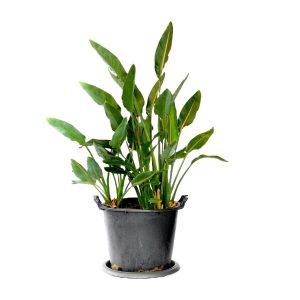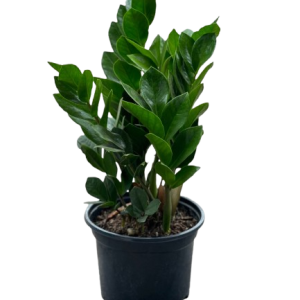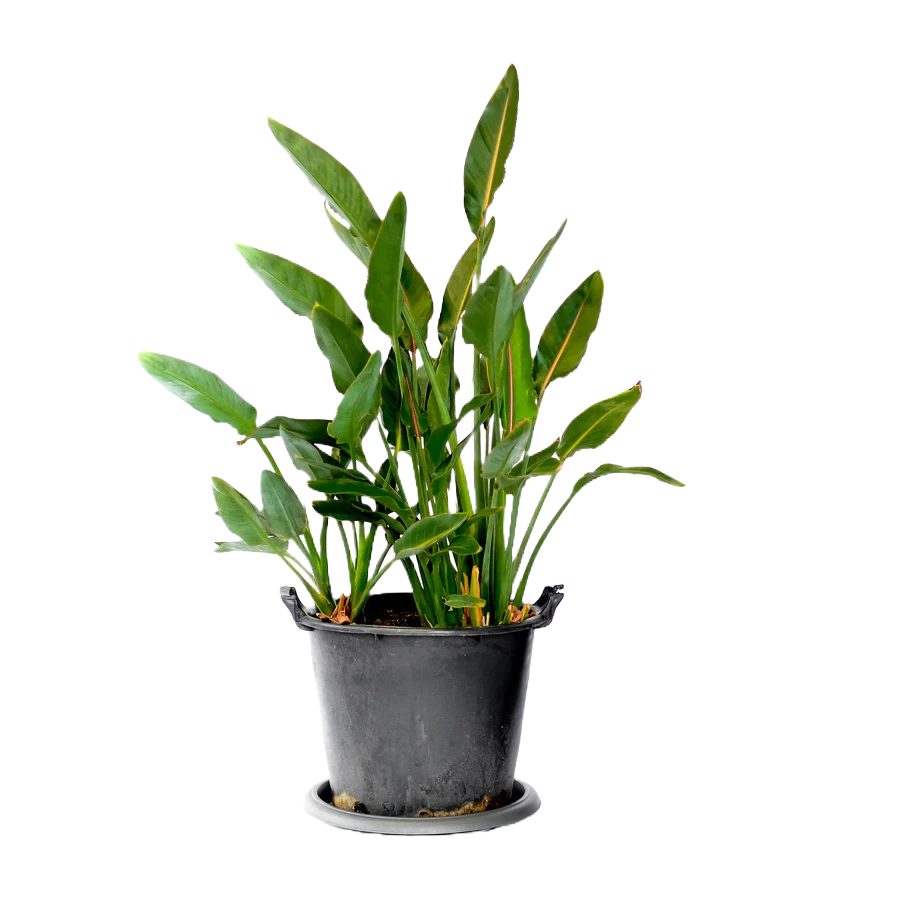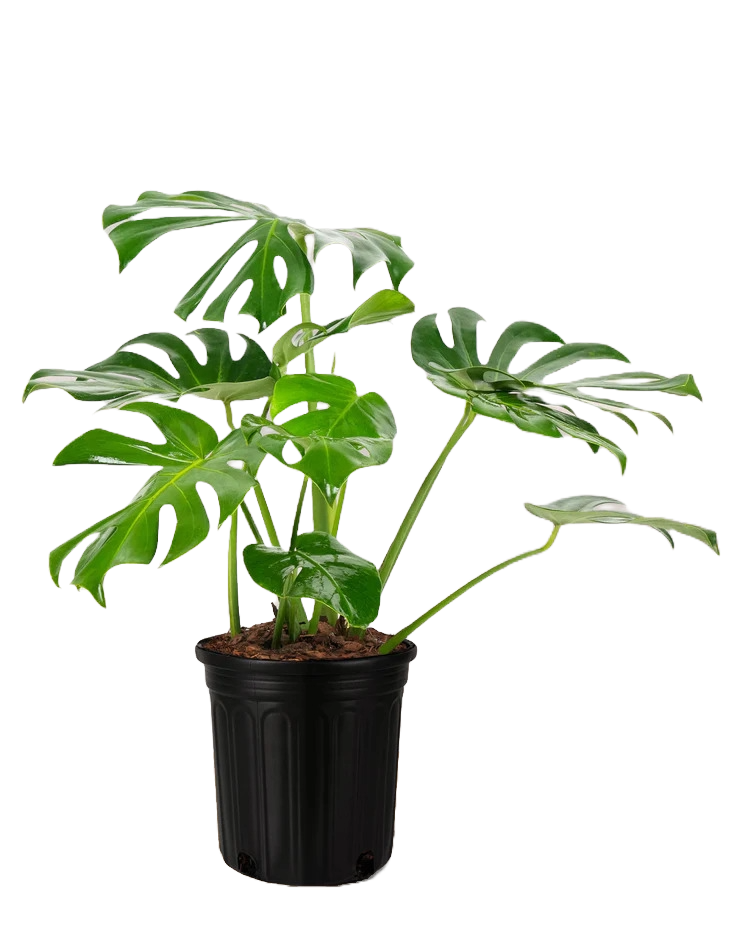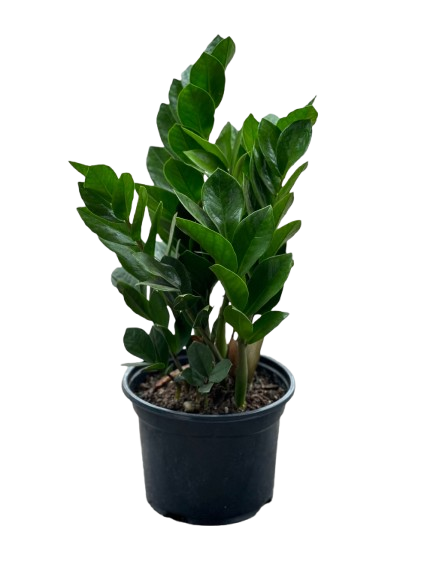
Unique Appearance and Structure
Each Lithops plant consists of a pair of thick, fleshy leaves fused together with a slit at the center where new growth and delicate flowers emerge. Their colors range from grey to pink, green, brown, or cream, often speckled or patterned to mimic the stones around them. This mimicry protects them from grazing animals and intense heat — an ingenious adaptation that has fascinated collectors and botanists alike.
How to Care for Butt Succulents
- Light: Provide bright, direct sunlight for at least 4–6 hours daily.
- Water: Water sparingly! Overwatering is the most common cause of death. Let the soil dry completely between watering, and stop watering during the plant’s dormant phase (usually winter).
- Soil: Use a gritty, fast-draining cactus or succulent mix.
- Container: A shallow pot with drainage holes is ideal.
These tiny succulents thrive on neglect. They prefer being left alone, making them perfect for busy plant lovers or minimalist home setups. During their active growing period in spring or autumn, you may notice a new pair of leaves pushing through the old ones — a natural renewal process that gives them their quirky charm.
Blooms and Seasonal Magic
In the right conditions, Lithops reward patient growers with daisy-like blooms, typically in white or yellow, emerging from the slit between their leaves. The sight of a flower rising from what looks like a pebble never fails to amaze and makes these plants an instant conversation starter.
Symbolism and Aesthetic Appeal
Beyond their adorable nickname, Butt Succulents symbolize endurance, transformation, and hidden beauty. In interior design, they’re used to bring organic charm to desks, coffee tables, or minimalist plant shelves. Their sculptural form and low-maintenance nature make them a modern favorite for plant enthusiasts across Kenya and beyond.
Where to Find Butt Succulents in Kenya
At Plantify.co.ke, we celebrate unique plants like Lithops that bring personality and joy into your living spaces. Explore our curated succulent collection and discover why these “living stones” are truly small wonders of nature.
Fun fact: The word “Lithops” comes from the Greek words lithos (stone) and ops (face) — literally meaning “stone-face.”




